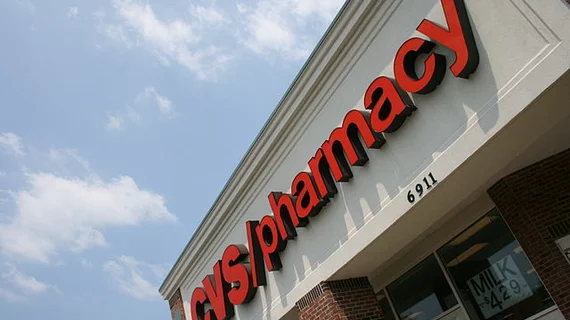AMA study shows four pharmacy benefit managers control 70% of the market
The American Medical Association (AMA) has put out a report examining the market share of pharmacy benefit managers (PBMs), the organizations that negotiate drug costs for insurance companies. The data revealed “low competition among these middlemen in the pharmaceutical supply chain and high vertical integration of PBMs with health insurance companies,” the AMA said in a statement.
Specifically, the four largest PBMs control 70% of the market nationally, leading to a consolidation of the price of drugs.
The study from the AMA utilized data from 2022 on both commercial and government insurance plans. The analysis revealed that CVS Caremark is the largest PBM in the nation, controlling 21.3% of the market. The next largest was Optum RX, a subsidiary of UnitedHealth Group, which accounted for 20.8% of the nationwide marked share.
Rounding out the top, Cigna’s Express Scripts owns a 17.1% market share, while Prime Therapeutics can claim 10.3%.
In total, those big four account for 69.5% of all liaisons between payer plans and pharmacies. To complicate things further, certain regions of the country rely on these four companies almost exclusively, severely limiting competition
In some regions, Medicare Part D plans are even more highly concentrated, with the four PBMs dominating the market for 82% of those patients, according to the report.
AMA implores regulators to pay attention
AMA President Bruce A. Scott, MD said the data aligns with the position of most physicians who “overwhelming support” regulatory oversight of PBM business practices, specifically policies that rein in “anticompetitive harm resulting from low competition and high vertical integration in the PBM industry.”
Unsurprisingly given that multiple PBMs are owned by insurance companies, PBMs tend to be directly integrated into the drug reimbursement process for insurers in a way that could present a major conflict of interest. The AMA stopped short of calling this relationship collusion, but did call for Congress to monitor the landscape.
“The findings from the new AMA analysis warrant attention as Congress and the administration continue their work to protect patients and ensure prescription drugs remain affordable and accessible. The AMA urges careful monitoring, and intervention when needed, of both horizontal and vertical integration to ensure competition in PBM and health insurance markets,” Scott added.
On a national level, PBMs that are vertically integrated with payer organizations covered 72% of all people on all commercial or government plans, with that number rising to 77% for patients on Medicare Part D.
The full report can be found here.

